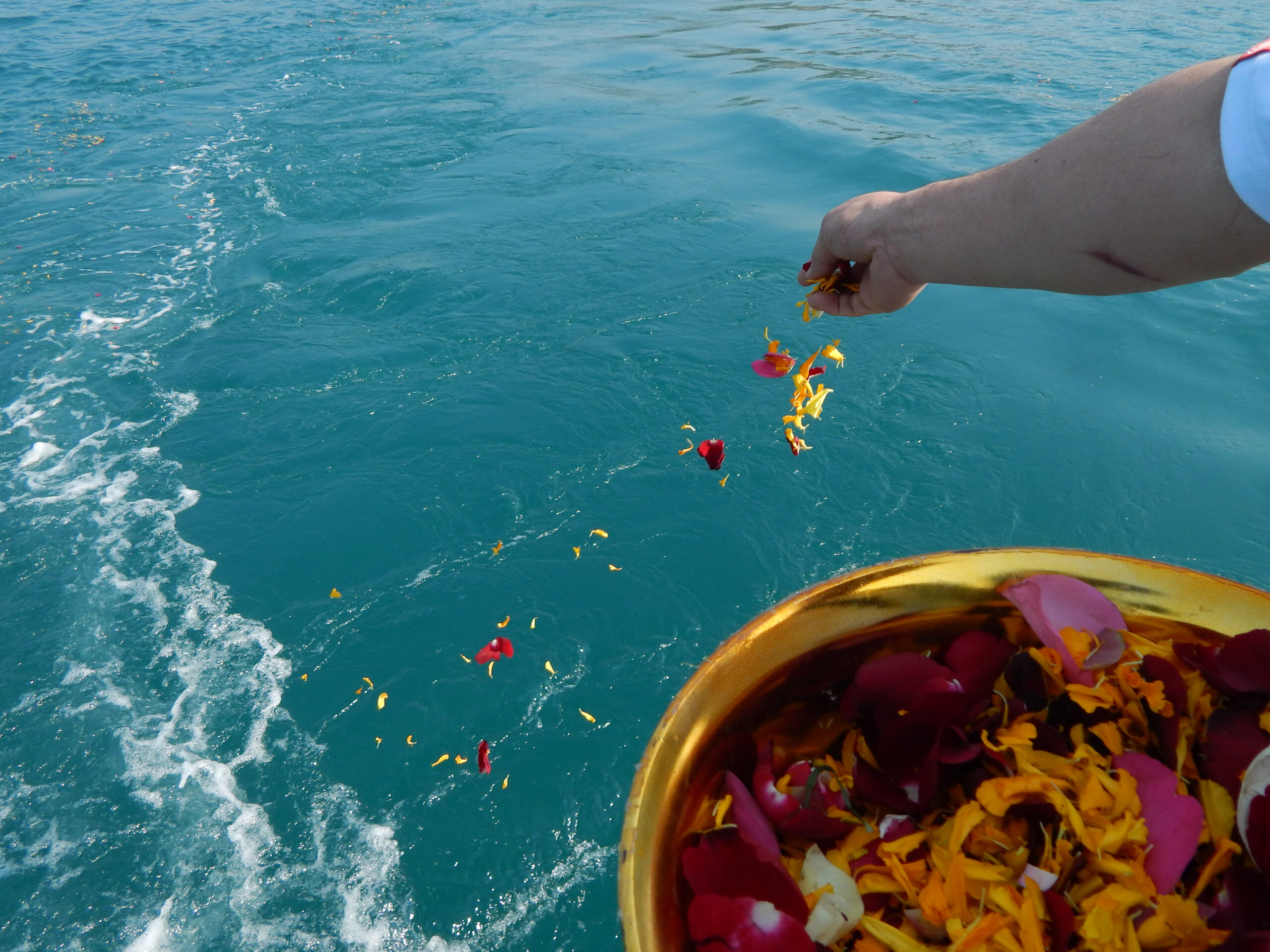A Journey Through Funeral Traditions: Honoring the Departed Across Cultures
Funeral traditions have long been a reflection of human beliefs, values, and the ways we honor those who have passed. From ancient burial rites to modern digital memorials, these customs offer insight into how different cultures navigate grief, remembrance, and the transition from life to death.
A Look Back: Ancient Funeral Traditions
Egyptian Burial Rites: The Journey to the Afterlife
In ancient Egypt, death was seen as a passage to eternity, with mummification serving as the key to a successful afterlife. Pharaohs and nobility were prepared meticulously—internal organs removed, the body wrapped in linen, and gold and jewelry placed alongside them for use in the next world. These elaborate burials weren’t just about status but also about ensuring safe passage to the afterlife, guided by sacred rituals.
Greek and Roman Funeral Practices
The Greeks and Romans placed great importance on funeral rites to ensure the dead found peace. In Greece, proper burial was essential to crossing into the underworld, often accompanied by offerings of food, coins, and personal belongings. Romans expanded on these customs, introducing grand public funerals, eulogies, and death masks to commemorate the deceased’s legacy. Wealthier families might commission elaborate tombs, while others opted for simple cremation urns.
Chinese Ancestral Worship
In traditional Chinese culture, honoring ancestors wasn’t just a one-time event—it was a lifelong practice. Families performed elaborate ceremonies, offering food, burning joss paper (symbolic money), and preserving the names of the deceased in ancestral tablets. These customs ensured a continuous bond between the living and their ancestors, reinforcing respect and remembrance across generations.
Religious Funeral Practices: Faith and Farewell
Christian Funerals: Traditions of Burial and Resurrection
For centuries, Christian funerals centered around burial, symbolizing the hope of resurrection. Catholic services often included a Requiem Mass, while Protestant services emphasized personal tributes, scripture readings, and hymns. Today, cremation has become more accepted, though traditions vary among denominations.
Islamic Funeral Rites: Simplicity and Sacredness
Islamic funeral customs focus on a swift burial, ensuring that the deceased is returned to the earth as soon as possible. Ritual washing (Ghusl), shrouding (Kafan), and burial facing Mecca are fundamental practices, with cremation strictly prohibited. Prayers (Salat al-Janazah) seek mercy for the departed, reflecting the deep spiritual connection between life and the afterlife.
Hindu Cremation: A Sacred Fire Ceremony
Hinduism views death as part of the cycle of rebirth, and cremation plays a central role in freeing the soul. The body is placed on a funeral pyre, set alight with sacred chants, and the ashes are often scattered in the Ganges or another holy river. This tradition ensures spiritual liberation and a peaceful journey into the next life.
Jewish Burial Customs: Simplicity and Respect
Jewish funerals focus on humility and dignity, with burials taking place as quickly as possible. A simple wooden casket and minimal embalming reflect the belief in returning to the earth naturally. The mourning period, Shiva, allows loved ones to come together in grief and remembrance, reinforcing community support.
The Changing Landscape of Modern Funerals
The Rise of Cremation and Green Burials
With shifting environmental concerns, cremation has become a preferred choice for many. In response, eco-friendly burials have gained popularity, featuring biodegradable caskets, natural burial sites, and tree-planting memorials. These practices align with sustainability while preserving meaningful traditions.
Virtual Funerals and Digital Memorials
Technology has transformed funeral customs, making it possible for loved ones to attend services remotely through live-streaming. Digital memorial pages allow families to share memories, tributes, and condolences, bridging the gap for those unable to be physically present.
Personalized and Themed Funerals
Today’s funerals are becoming more reflective of individual personalities. Whether through custom playlists, themed decor, or unique send-offs, families are celebrating life in ways that truly capture the essence of their loved one.
Cultural Variations: Unique Funeral Traditions Around the World
Tibetan Sky Burials: A Return to Nature
In Tibet, sky burials reflect Buddhist beliefs in impermanence. The deceased is placed on a mountaintop, allowing vultures to consume the body—an act of both spiritual release and ecological sustainability.
New Orleans Jazz Funerals: A Celebration of Life
Merging grief with celebration, New Orleans jazz funerals begin with a somber procession, followed by an uplifting musical parade. This tradition symbolizes mourning, remembrance, and ultimately, the joy of a life well-lived.
Mexico’s Day of the Dead: A Joyful Remembrance
Unlike solemn funerals, Día de los Muertos is a vibrant celebration where families honor their ancestors with colorful altars, marigolds, and offerings of food. Rather than mourning, it is a time to reconnect with the spirits of loved ones in a lively and meaningful way.
Final Reflections on Funeral Traditions
Whether rooted in ancient customs or shaped by modern advancements, funeral traditions continue to evolve while fulfilling a universal purpose—honoring the departed, providing closure, and offering comfort to the living. As society embraces new ways of saying goodbye, one thing remains constant: the deep human desire to commemorate life and legacy.

